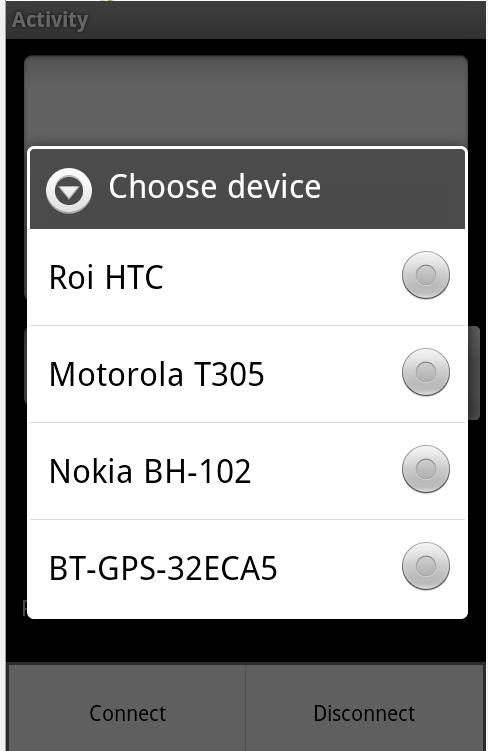
Arduino Delphi Serial Communication Arduino Bluetooth
What is the meaning of ' interfacing' here? Interfacing is such as ‘communication’ between two devices (or more) that works in a digital world (only know the logic '1' and '0') with a controlled object which is usually in analog quantities such as actuators and sensors. Simple example is when you want to move a robotic arm with a computer. Here, the computer acts as a control center and a robot arm as the object of control. How to become a computer with only working on digital logic '1' and '0' to control a robotic arm?
Smartscore X Pro Mac Serial Terminal Emulator. When you search for Smartscore Pro X Mac Serial for example, you may find the word 'serial' amongst the results. SmartScore Pro Edition. Scanning in SmartScore on Mac computers is not quite as. SmartScore X 2 is configured to automatically open both the Playback Console. Musitek SmartScore X Pro - Windows & Macintosh for PC, Mac, serial number 1045 1090 6246 related issues. Get free help, solutions & advice from top Musitek experts. SmartScore X2 Pro for Mac: Free Download - Music scoring/scanning, MIDI sequencer. Download the latest versions of the best Mac apps at MacUpdate. Smartscore software.
Arduino Delphi Serial Communication. App (Android) Bluetooth, BLE, SMS and Wi. Works with 1. Arduino and Delphi. Elsewhere on my.
That is called 'interfacing' J. The second: data exchange. For the data, it could have any kind of data but in binary logical level. I’ll explain it as you go along.
The third: port as data entrance. Well, they are most important because as I described in the first paragraph, it’s rarely computer equipped with parallel or serial port for data exchange. One solution is using a converter, either usb to parallel (obsolete too) or usb to serial. One of them is using a microcontroller to act as 'slave' that translates command from computer simultaneously. Another is using V-USB technique by issuing data to a USB port via libUsb driver.
This method requires a microcontroller burned V-USB firmware. The difference, first technique actually using USB data frames sent to the external device, unlike the second option that converts into a classic serial protocol into USB payload. Okay, for easier we will choose second method and using Arduino as serial-ready board. For experiment, prepare an Arduino Uno, USB cable (type-B) and a PC / laptop.
For example, we will try to turned on/off internal LED that exist in Arduino Uno board (pin numbers 13) controlled by a executable application in laptop (written in Delphi). This program is intended as a simple representation of 'interfacing' in digital to analog world. Then, you could develop it for more complex applications, such as connects Arduino to other actuators (ex: motor driver for moving a robot arm). Here are all steps to on/off internal LED Arduino board on pin 13.
This is old and very odd example code for kids and adults. The code example of DD83 is really a mess and doesn't deserve to mention as example on this site.: Arduino as slave to a PC 'master' device. An Arduino was given an LED and a switch. With the software provided for it in the demo, a PC's screen has a window with buttons for 'Turn LED on' and 'Turn LED off', and a text message saying 'Switch input is high' or 'Switch input is low'. The code for the program to run in the Arduino is also supplied, of course. The hardware and software in the Arduino is 'generic', and could be used unchanged with many different 'master' controllers. Part of the reason for the project was to encourage others to show other solutions.
The demonstration's master device was programmed with, but the discussion of the demo should enable proponents of other languages to create equivalent applications to show people how easy it is to use the language they like. Such people are invited to ask for links to their work from the demo's page.